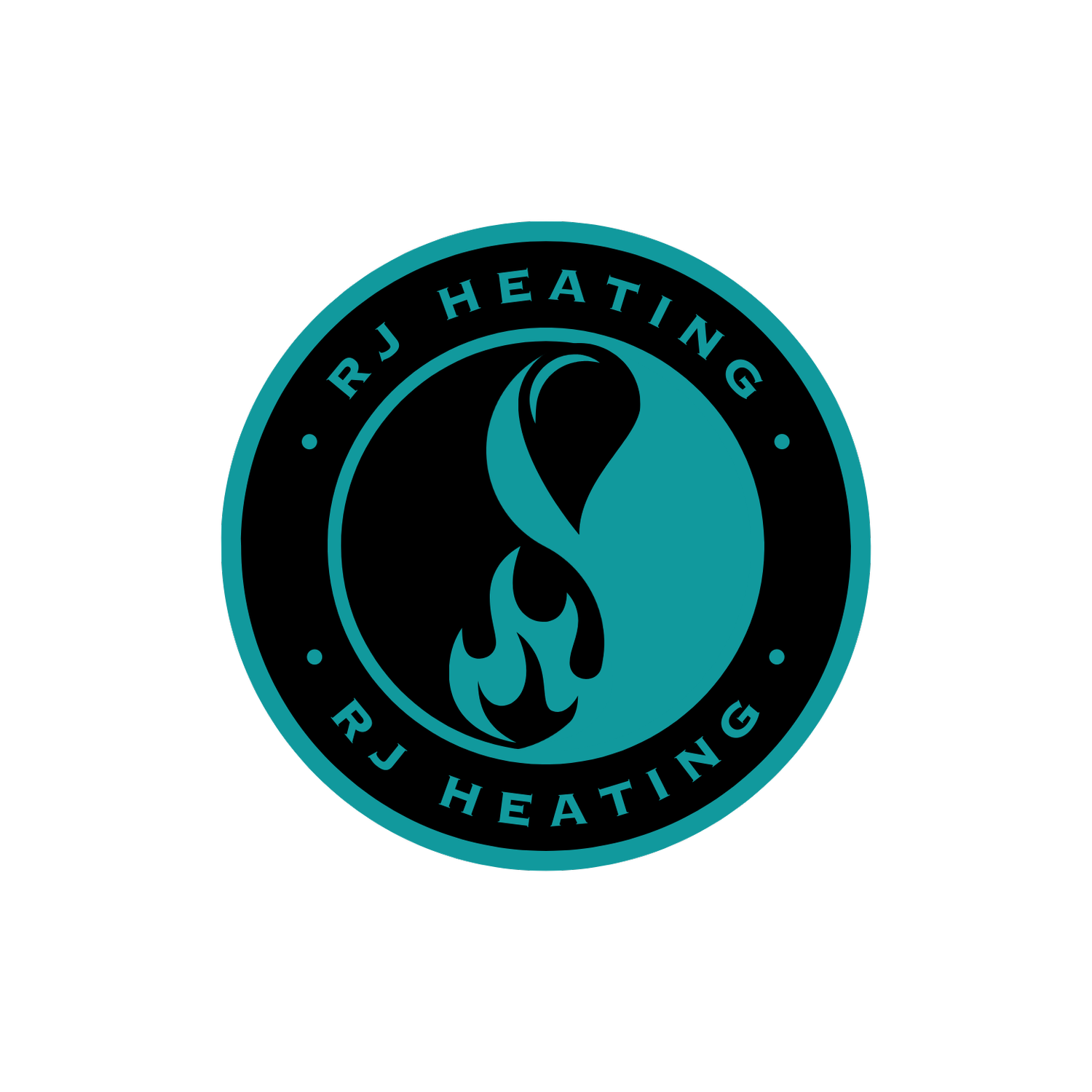Boiler Overheat
One of the most common causes of boiler/central heating failure is the dreaded OVERHEAT.
What makes overheating a tricky customer, is the fact there can be multiple causes.
Pretty much all boilers made within the last 15 years will go to “lock-out” if they start to overheat. Some have their own manually resettable stat, some have to cool down in their own time and allow for customer reset, and some need a replacement overheat thermostat.
A hidden potential cause of overheat lock-out can sometimes be the overheat thermostat itself, on some brands, if they’ve been reset a few times due to overheat, they lose their calibration and start to “trip” out at a lower temperature than required, for example, most O/H stats are set at 90-95°C but I’ve experienced them starting to trip at below 80°C.
In over 15 years experience, the main causes of overheat are.......
Sludged/Scaled System
Low water pressure
Poor pump circulation
Sludged and scaled systems are very common, especially if they’ve not had regular maintenance, or for sealed systems if they’ve been losing pressure and keep being topped up with “fresh mains water”. The more water a system has put into it, the more it dilutes the system inhibitor that should have been put in on installation. Open systems where you have an expansion tank, usually in a loft or airing cupboard, are at risk of foreign matter entering the system if left without a lid, which is very common!
Nowadays, there are many filters and scale reducers on the market, notably Adey’s famous Magnaclean and Fernox’s reputable TF1 being two of the most common (other brands are available). These act as protection to the system by trapping any debris or matter that travels around the system and should be cleaned out on the yearly service.
A way to recognise if your system is becoming sludged and/or scaled is to look out for any “kettling” noises, this would make your system sound exactly like a kettle is boiling. Limescale builds up in your components, pipework and appliances and allows the temperature to rise very high, then turning to steam, and causing high pressure in pipes and a kettle effect. Contrary to its namesake, a boiler isn’t actually meant to “boil”. At hottest, the water should only be around 70-75°C when leaving the main heat exchanger.
Another way of recognising sludge, is cold spots at the bottom of your radiators, usually the middle bottom point will always be the coolest as they heat up in an arc shape, but stone cold bottoms will sometimes indicate “sludge” forming in them.
Low water pressure causing overheat is easily rectified on a sealed system, top up the pressure, clear any air and look for any reason why the pressure may have dropped. Low water levels in an open system, sometimes trickier, it can be as simple as a ball valve stuck and the tank emptying, or something a lot more involved like an air lock or blocked cold feed not allowing water into the system.
Poor pump circulation, can be caused by a blockage clogging up the impellers, the bearings starting to wear or the motor failing if it’s a complete breakdown of the pump. In the case of poor pump circulation, the only real solution is to replace the pump and look for any potential causes.
Combination boilers are renowned for blocked plate heat exchangers and will cause a fluctuation of hot and cold water when running the hot water. Due to the tiny water ways, it’s common for blockage to form, this retains the heat and causes the boiler to cut out, but where cold mains is flowing through so quickly, it cools the boiler and allows it to fire up causing the fluctuation when running it.
These aren’t the only causes of overheat, just a few examples that may point someone in the right direction based on the most common faults I’ve found over my time in the industry.
Suffering with Central Heating or Boiler overheat? Call or Email us now!

